There's plenty to celebrate. First, my poem, "Skinny Dipping with St. Anthony" has been published in the latest issue of Harpur Palate, one of my favorite literary journals.
Second, I just received news that my poem, "Flypaper" has won third prize in The Comstock Review's annual poetry contest. This year's contest was judged by Allison Joseph and I'm thrilled that my work has won such an honor.
Finally, it's Halloween season. And to put poetry readers in the mood, they can take a look at the newest issue of Devilfish Review, where my poem "Picking Up the Vanishing Hitchhiker" has been published.
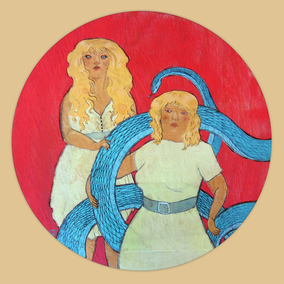
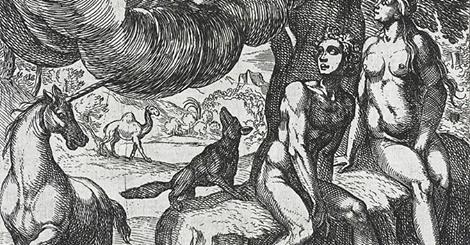
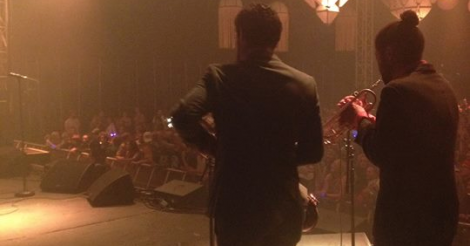
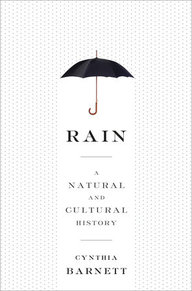
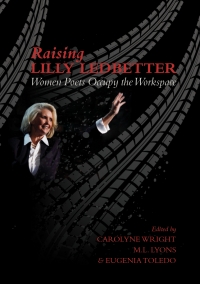
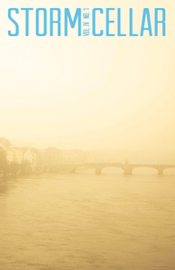
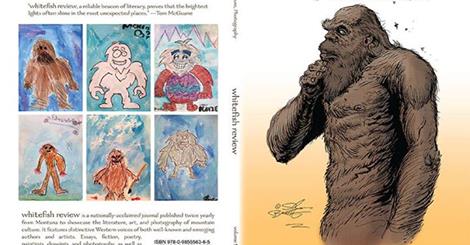
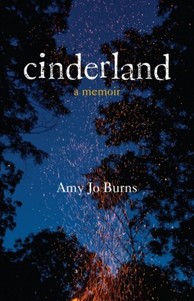
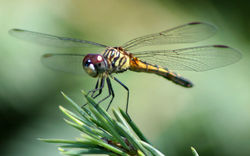
 RSS Feed
RSS Feed
